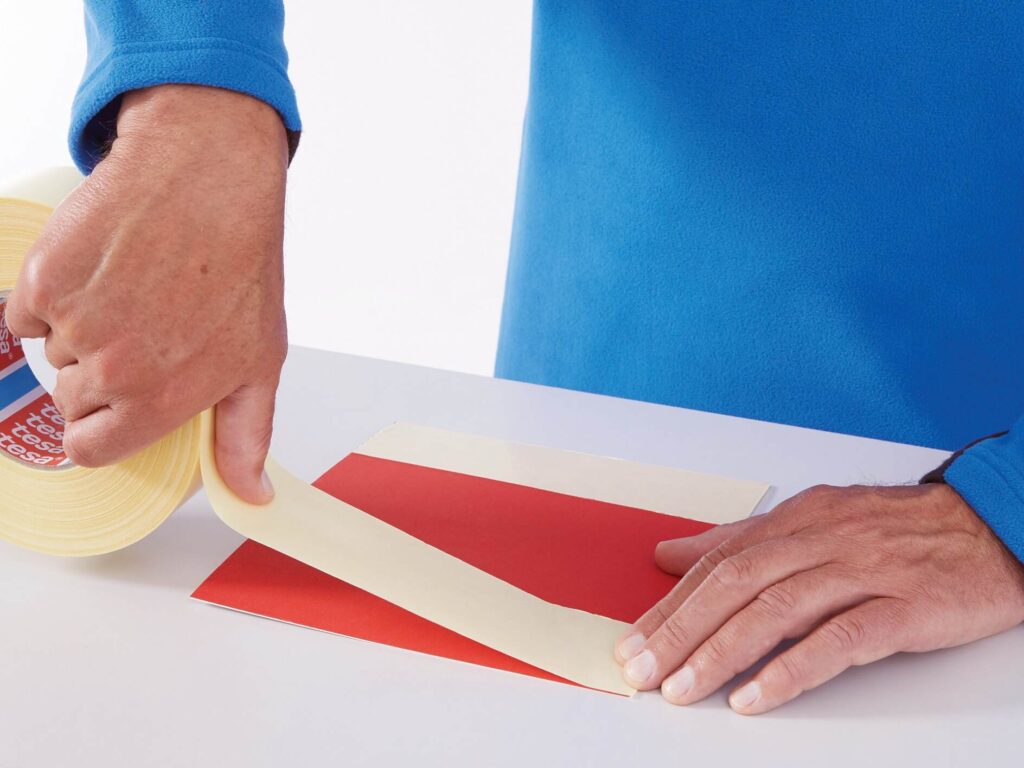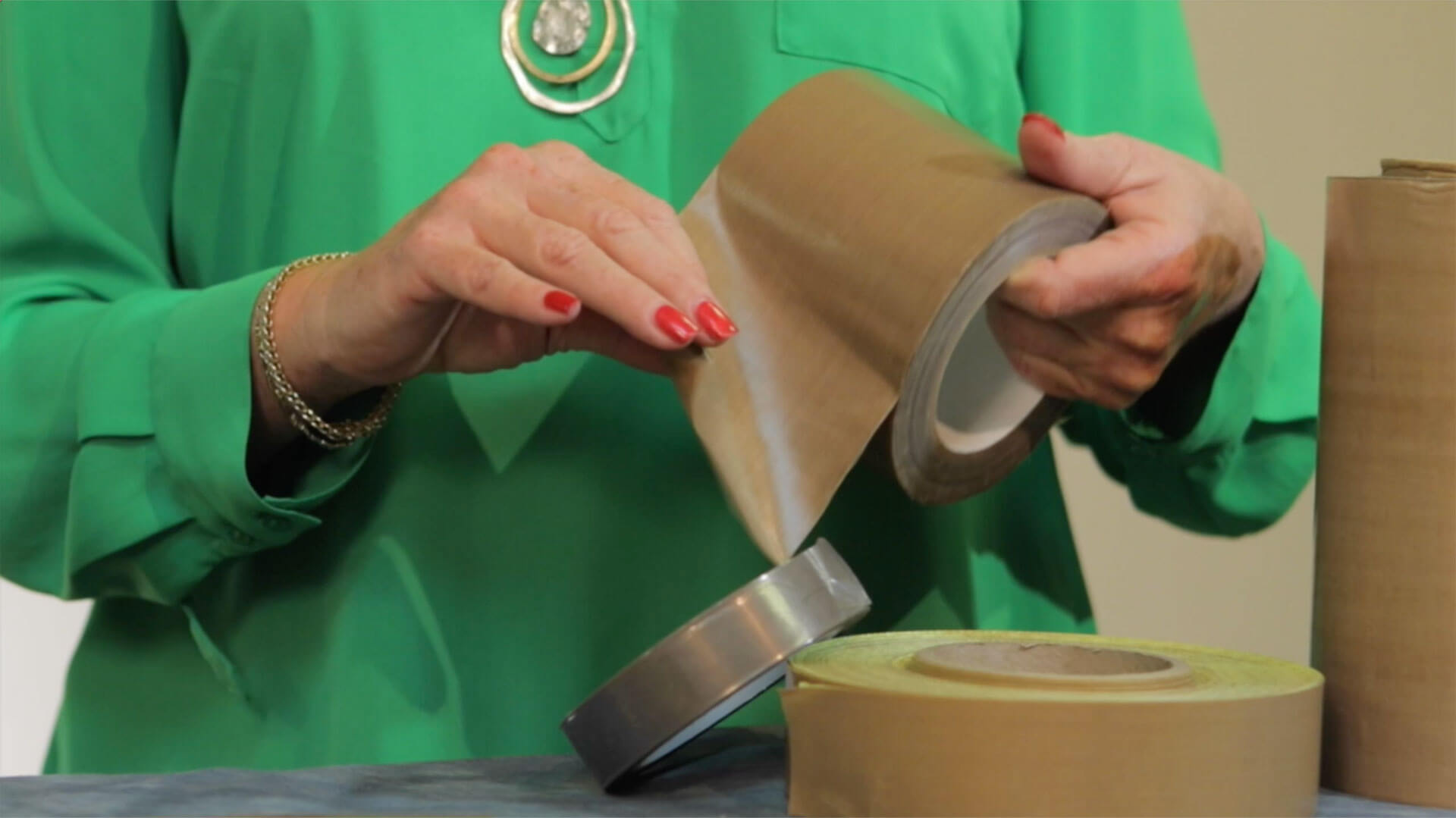
Adhesive tape converters play an essential role in the tape industry, providing customization services that cater to the specific needs of various businesses and consumers. These specialized companies take standard rolls of adhesive tape and transform them into customized shapes, sizes, and formats. The process allows for a broad spectrum of tape applications, ranging from industrial manufacturing to everyday household use.
The conversion involves several techniques, such as slitting, die-cutting, laminating, and printing. Converters must understand the properties and applications of different adhesive materials to meet the precise demands of their clients. By offering a variety of adhesive tape solutions, converters make it possible for tapes to fulfill roles in industries such as automotive, electronics, healthcare, and construction.
As technology advances, adhesive tape converters are also adapting to provide innovative solutions like environmentally friendly options and tapes with higher durability or specialized adhesives. This adaptability is crucial, as it allows for continued relevance in a market that is increasingly focused on efficiency, sustainability, and performance.
Table of Contents
Overview of Adhesive Tape Conversion
Adhesive tape conversion involves transforming bulk rolls of tape into formats that suit specific industrial applications. These processes ensure the tape adheres correctly to surfaces and meets precise requirements.
Definition and Process
Adhesive tape conversion is the transformation of pressure-sensitive adhesive tapes from large, bulk rolls into more usable forms, including sheets, strips, or die-cut shapes. Conversion techniques employ various methods, such as slitting, rewinding, or die-cutting, to resize and reshape the tape according to client specifications. The process typically follows these steps:
- Slitting: Slicing large rolls into narrow widths.
- Rewinding: Adjusting roll size or winding to different cores.
- Die-Cutting: Creating custom shapes for specialized uses.
Industry Applications
The conversion of adhesive tapes is critical across numerous industries for providing tailored solutions. Example applications include:
- Electronics: Insulation and component mounting
- Automotive: Gasketing and vibration dampening
- Medical: Wound care and device attachment
Each application demands the tape to have specific characteristics such as conductivity, biocompatibility, or resistance to environmental factors.
Types of Adhesive Tape Converters
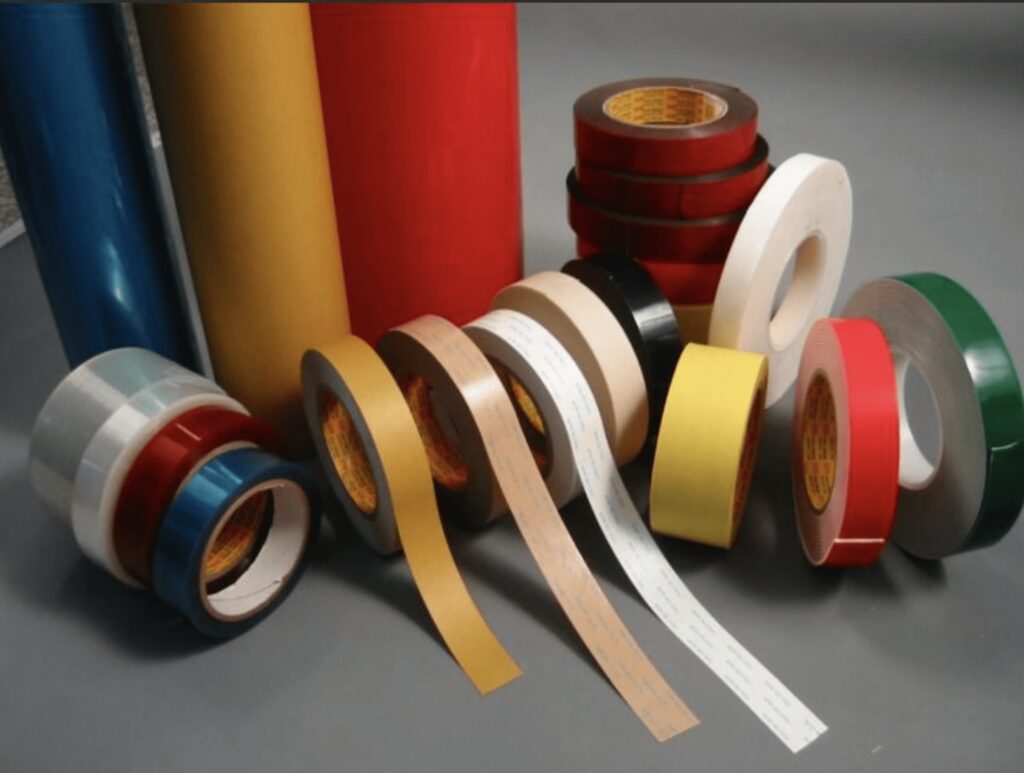
Source: tombrowninc.com
Adhesive tape converters specialize in modifying standard adhesive tape rolls into formats more suitable for specific industrial applications. These conversions enhance functionality and ease of use for various manufacturing needs.
Rotary Die Cutting
Rotary die cutting employs a cylindrical die on a rotary press to cut tape. Fast and precise, this method is ideal for high-volume orders and consistent patterns. The rotary die cutting process can involve:
- Multiple layers being cut simultaneously.
- Lamination, perforation, or kiss cutting.
Flatbed Die Cutting
Flatbed die cutting uses a hydraulic press and is more suited for thicker materials or lower volume orders. This process ensures:
- Precise cuts for complex designs.
- Cost-effectiveness for smaller production runs.
Laser Cutting
Laser cutting uses concentrated light energy for cutting, offering high accuracy with clean edges. Key strengths include:
- Flexibility to cut various shapes without additional tooling costs.
- Ability to process many adhesive tape materials with precision.
Materials and Technologies
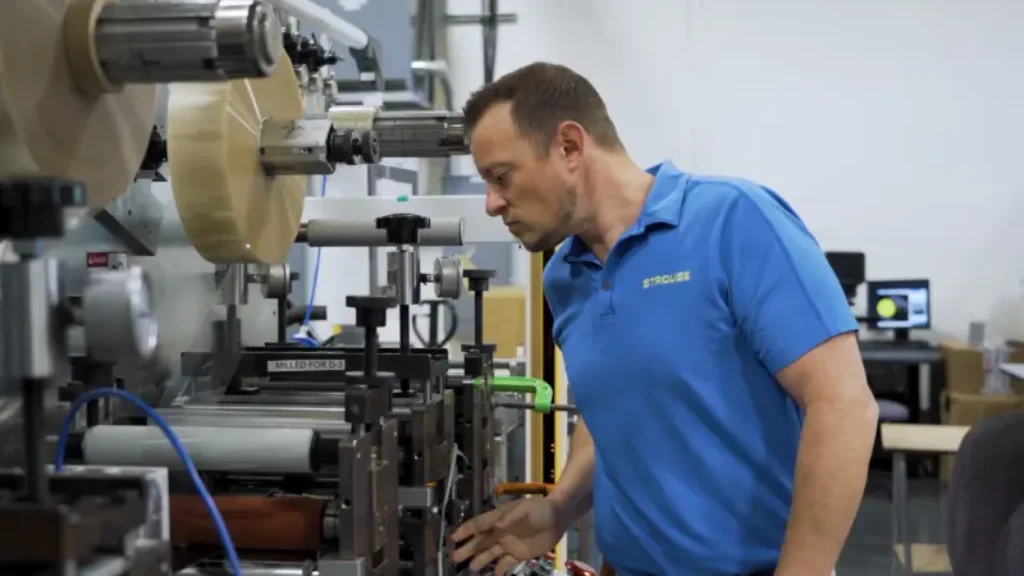
Source: strouse.com
In the realm of adhesive tape converting, the selection of materials and the technologies used for conversion are pivotal to the functionality and applicability of the finished product.
Adhesive Materials
Adhesive tapes are crafted using a variety of materials designed to fulfill specific functions. Polypropylene and PVC are commonly used for backing materials, offering durability and flexibility. The adhesive layer may consist of acrylic, rubber, or silicone-based adhesives, each with unique characteristics:
- Acrylic adhesives provide excellent UV resistance and longevity.
- Rubber adhesives offer quick bonding and cost-effectiveness.
- Silicone-based adhesives excel in high-temperature applications and adhere well to silicone surfaces.
Conversion Technologies
The conversion of adhesive materials into usable tape products encompasses several technologies:
- Rewind Slitting involves unwinding a large roll of material and then rewinding it onto smaller cores while slitting it to the desired width.
- Die Cutting is the process of creating custom shapes and sizes, utilizing precision tools to stamp or cut the material.
- Laminating combines layers of different materials, enhancing the product’s properties like strength or environmental resistance.
- Printing: Some tapes require printing, which can be handled via methods such as flexography which is cost effective for large runs. Digital offers high detail for short runs and screen is ideal for vibrant, opaque colors.
The implementation of these technologies allows for the production of tailored adhesive tape solutions to meet diverse industrial demands.
Quality Control and Testing
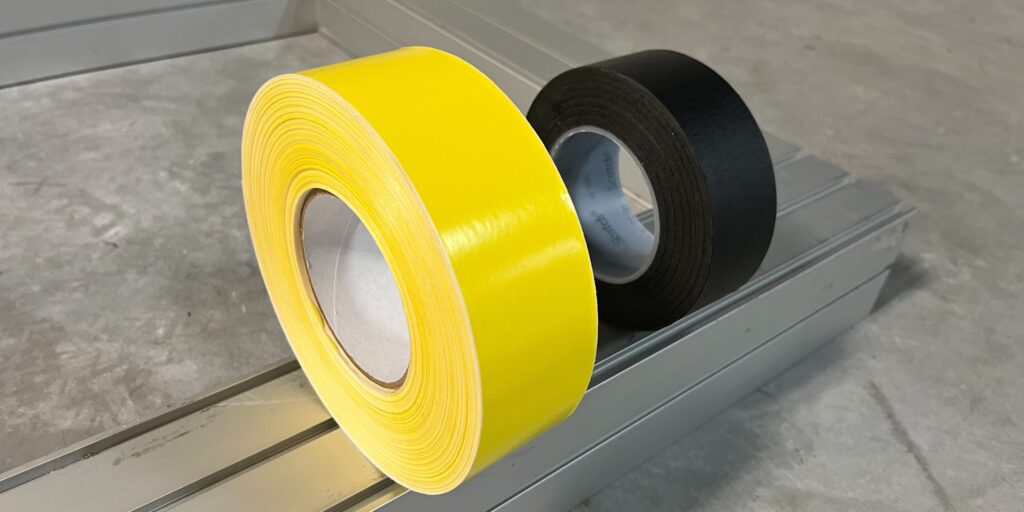
Source: strouse.com
Quality control and testing are crucial in the adhesive tape converting industry to ensure product reliability and performance consistency. Adhering to standards and employing various testing methods is essential for achieving quality assurance.
Standard Compliance
Companies maintain a strict protocol to comply with industry standards such as ISO 9001 for quality management systems. These standards address multiple aspects, including:
- Raw Material Inspection: Ensures all materials meet predefined quality criteria before production.
- Process Control: Involves continuous monitoring and adjustment of the manufacturing process to maintain quality.
Testing Methods
A range of testing methods are applied to measure the tapes’ attributes and performance. Adhesive strength, durability, and consistency are often evaluated using:
- Peel Test: Measures the adhesive bond’s strength when peeled from a substrate.
- Shear Test: Assesses the tape’s ability to resist shear forces.
- Tensile Test: Evaluates the tape’s resistance to being pulled apart.
Market Insights
The adhesive tape converter market is poised for expansion, with both demand and innovation driving the industry forward.
Demand Forecast
The demand for adhesive tape converters is anticipated to grow steadily. Industry analysts project a compound annual growth rate (CAGR) of approximately 5% over the next five years. This growth is driven by the increasing use of adhesive tapes in various sectors, including automotive, electronics, and healthcare.
- Automotive Sector: Expected increase in demand for double-sided tapes for attachment parts.
- Electronics Sector: Rising usage of specialty tapes for insulation and component mounting.
- Healthcare Sector: Expanding application of medical tapes for wound care and surgical products.
Market Trends
Innovation in Adhesive Technologies: Continuous advancements in adhesive materials, such as the development of eco-friendly and high-strength adhesives, are shaping the market.
Shift Towards Automation: Manufacturers are investing in automated conversion processes to boost efficiency and precision.
- Eco-Friendly Products: A growing trend towards sustainable tapes, like biodegradable and recyclable options.
- Customization: An increase in demand for custom tape solutions tailored to specific industrial applications.

